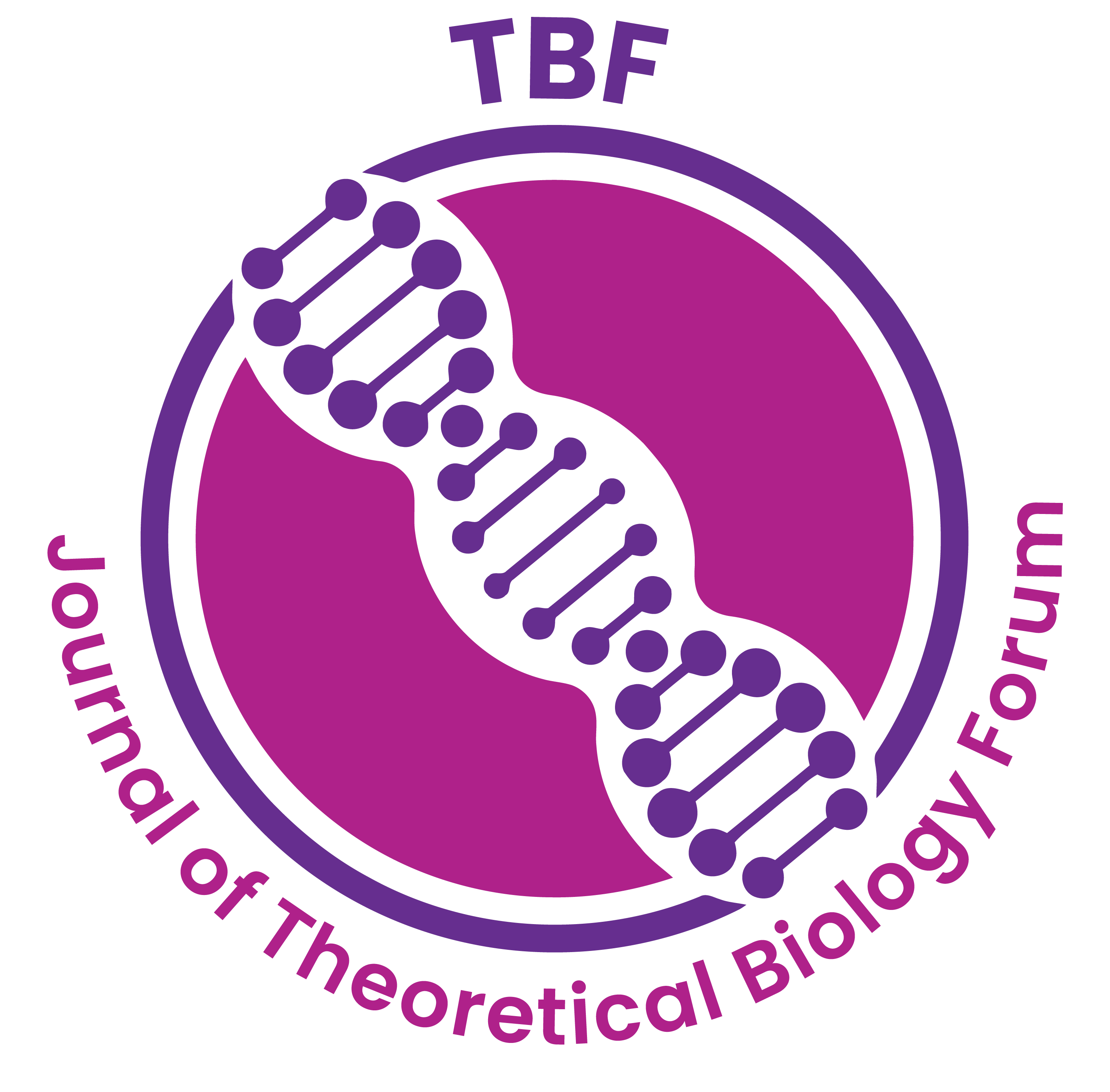Appraisal of linear type traits and prediction of milk production using machine learning approach in Bos indicus cattle
Devi Indu1* , Naseeb Singh2 , Kuldeep Dudi3 , Ajay Kumar4 , S S Lathwal5
Abstract:
Linear-type traits are one of the important factors that affect the production and performance of dairy cattle. In the current study, the reduction in the dimensionality of multiple linear traits was studied to identify the most important traits for body, udder and teat confirmation of indigenous cattle. Four different machine learning algorithms were used to validate the factor analysis results for the production parameters. The high KMO value (0.72) and significant Bartlett’s sphericity test (p<0.01) suggested correlations between the linear traits and support the feasibility of data for factor analysis. Total of 9 factors were found to have an eigen values ≥1 and accounted for 65.69% of the total variance. Factor 1 mainly reflected traits related to the body structure of a cow like stature, angularity, and mammary system traits like udder cleft, rear udder width, and teat thickness. Factors 2, 3, 4, 5 and 7 were related to udder depth, fore udder attachment, teats, and other body traits as bone structure, and rump width, factor 6 reflects the body strength and stability, while factor 8 and 9 reflected the cows with good teats. Providing a pre-defined variance value of 65.69%, the developed models predicted the test day and 305-days milk yield values with R2 as high as 0.64 and 0.63, respectively, indicating that derived factors were able to explain the pre-defined variance effectively. So, body, strength and mammary system conformation are important auxiliary phenotypic traits that may be considered in selection programs to further improve the production potential of cows.

